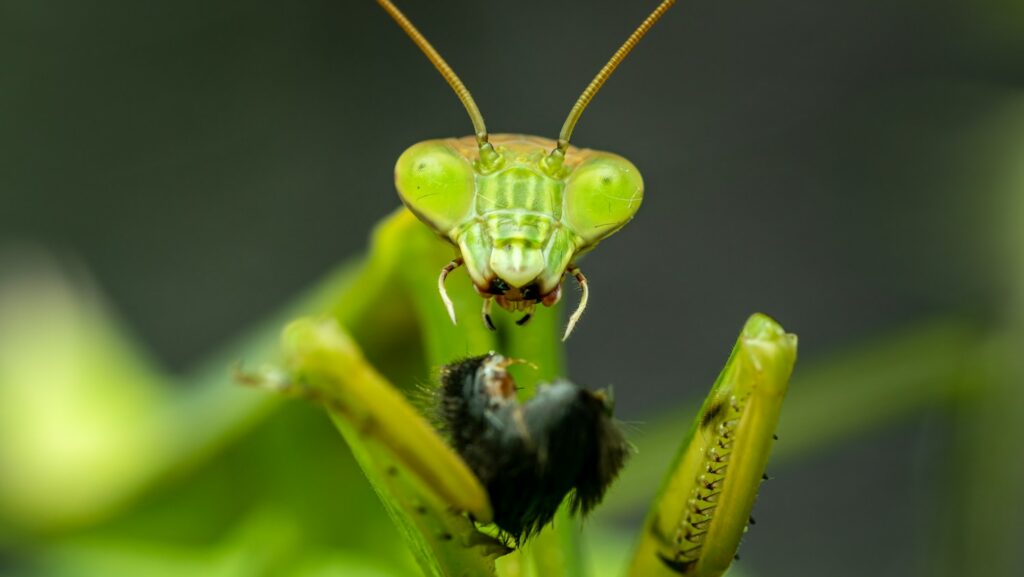Your garden might be hosting an invisible war right now, and you’re not even aware of it. While you’re busy spraying chemicals and setting traps, nature’s most efficient pest control agents are already hard at work, silently hunting down the very insects that make your life miserable. These tiny warriors don’t ask for payment, don’t require scheduling, and they’re available 24/7 to protect your plants and home from unwanted invaders.
The Hidden Army in Your Backyard
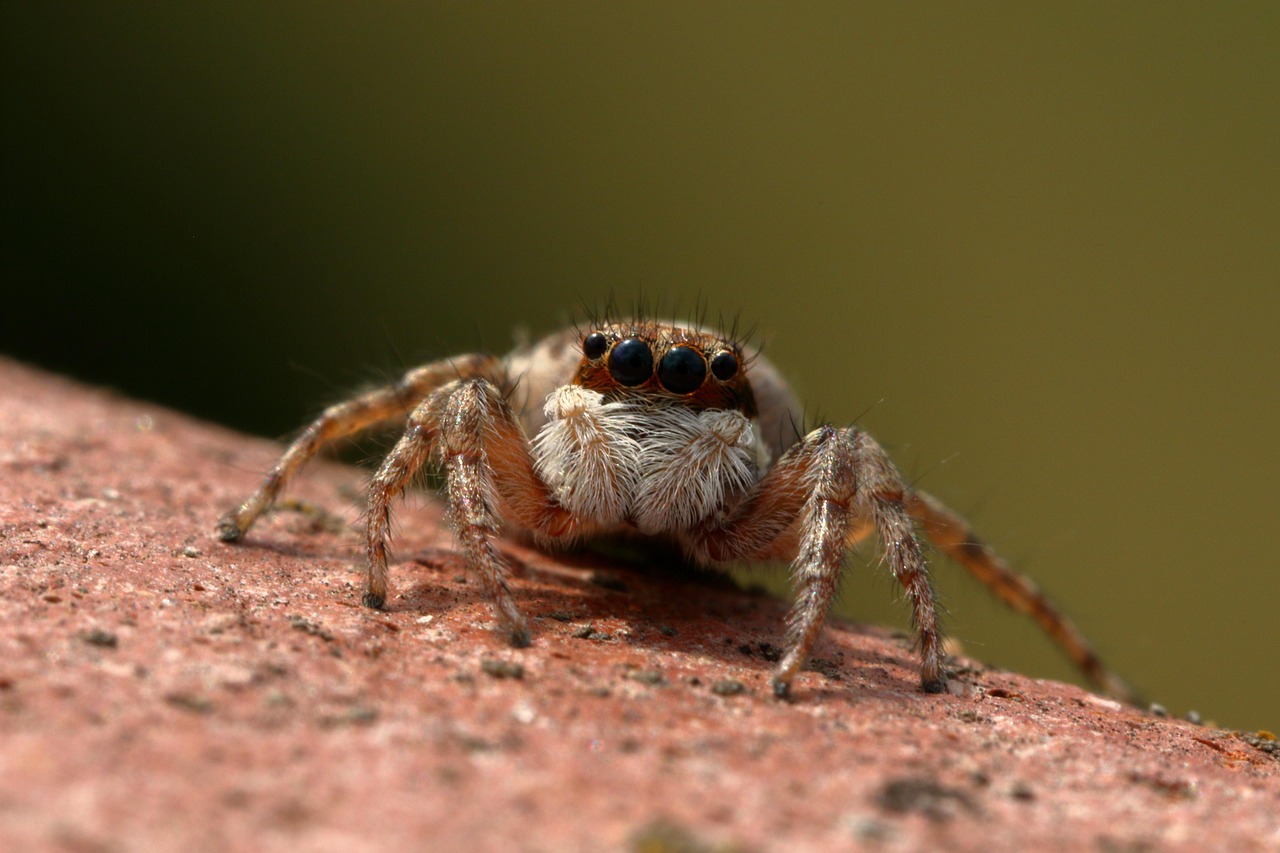
Every square foot of your garden contains thousands of beneficial insects that are actively hunting, paralyzing, and devouring pests. These natural predators have been perfecting their craft for millions of years, developing sophisticated hunting strategies that make human pest control methods look primitive by comparison.
What’s truly remarkable is that these beneficial insects often go completely unnoticed by homeowners. They work during the night, hide in plant crevices during the day, and operate with such efficiency that pest populations are controlled before they even become noticeable problems. The average suburban garden hosts over 2,000 different species of insects, with roughly 97% of them being either beneficial or completely harmless to humans and plants.
Ladybugs: The Aphid Annihilators
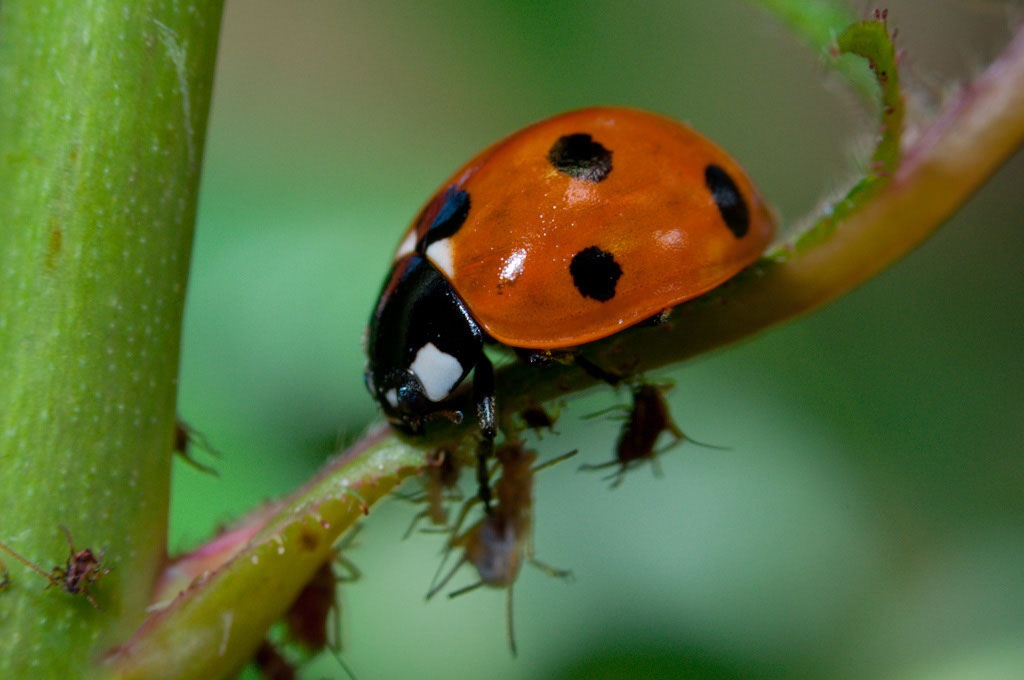
Ladybugs aren’t just pretty garden decorations – they’re voracious predators with an insatiable appetite for soft-bodied pests. A single adult ladybug can consume up to 5,000 aphids in its lifetime, making them one of nature’s most effective pest control agents. Their larvae are even more aggressive hunters, devouring up to 400 aphids before reaching adulthood.
These spotted warriors use their keen eyesight to locate aphid colonies, then systematically work their way through the infestation. They inject digestive enzymes into their prey, liquefying the aphids from the inside out before consuming them. What makes ladybugs particularly valuable is their ability to follow aphid colonies as they move throughout your garden, ensuring complete population control.
Praying Mantises: The Silent Stalkers
Praying mantises are the perfect assassins of the insect world, combining incredible patience with lightning-fast reflexes. These masters of camouflage can remain motionless for hours, waiting for the perfect moment to strike. Their triangular heads can rotate 180 degrees, giving them an almost supernatural ability to track prey movement.
When a mantis strikes, it happens in just 50 milliseconds – faster than a human can blink. Their powerful forelegs are equipped with sharp spines that pierce and hold struggling prey while they methodically consume it alive. A single mantis can eliminate hundreds of flies, moths, mosquitoes, and other flying pests throughout its lifetime, making them invaluable allies in natural pest management.
Lacewings: The Delicate Destroyers
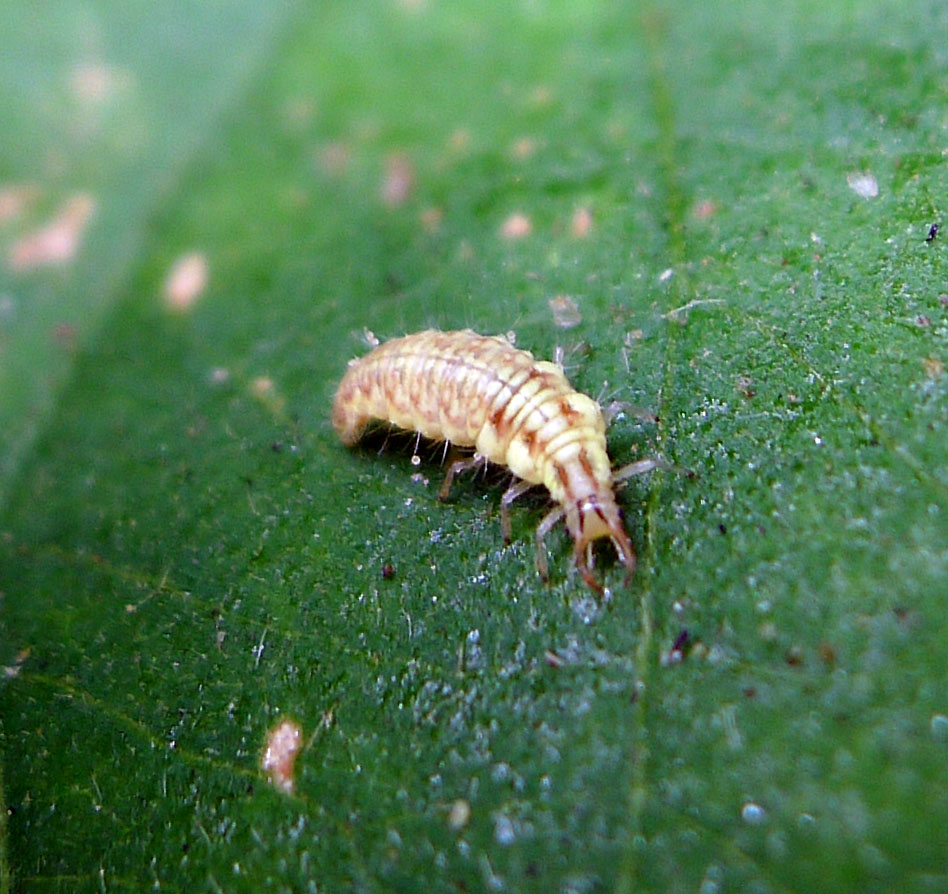
Don’t let their ethereal appearance fool you – lacewings are among the most effective predators in your garden. Adult lacewings feed primarily on nectar and pollen, but their larvae are absolute terrors to soft-bodied insects. These tiny alligator-like creatures are sometimes called “aphid lions” due to their ferocious hunting abilities.
Lacewing larvae have hollow, sickle-shaped jaws that they use to pierce their victims and suck out their body fluids. They’re particularly effective against aphids, thrips, mites, and small caterpillars. What makes lacewings especially valuable is their ability to clean up pest problems before they become visible to the naked eye, often eliminating entire colonies of harmful insects overnight.
Ground Beetles: The Nighttime Patrollers
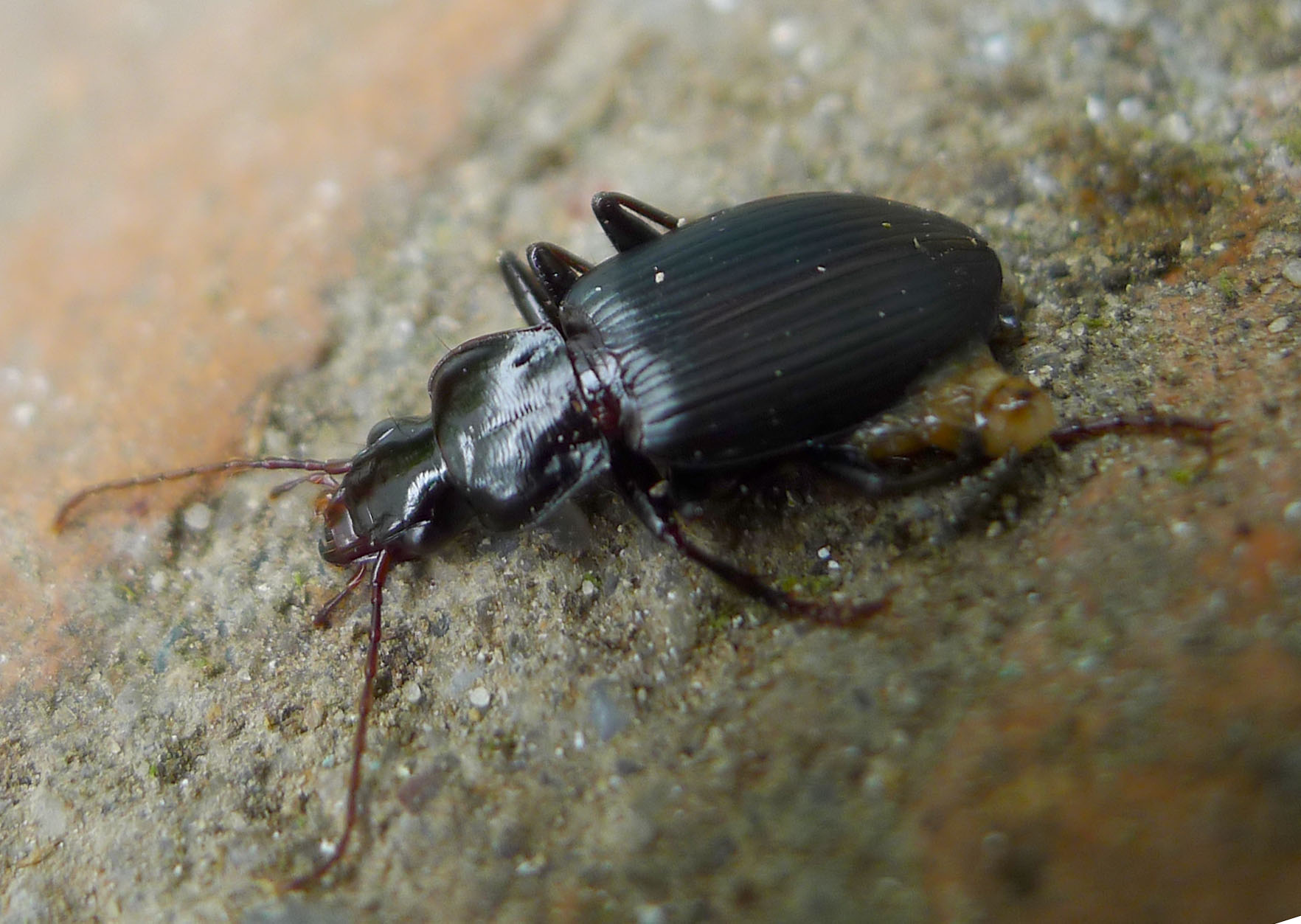
While you’re sleeping, ground beetles are patrolling your garden like tiny security guards. These shiny, fast-moving insects emerge after dark to hunt slugs, snails, caterpillars, and other ground-dwelling pests. Their powerful mandibles can crush through the shells of small snails and the tough exoskeletons of many harmful insects.
Ground beetles are particularly effective against cutworms, which can devastate seedlings overnight. A single ground beetle can consume several cutworms in one night, preventing significant damage to your plants. Some species also climb plants to hunt for aphids and other soft-bodied pests, making them versatile predators that protect both above and below ground.
Parasitic Wasps: The Invisible Infiltrators
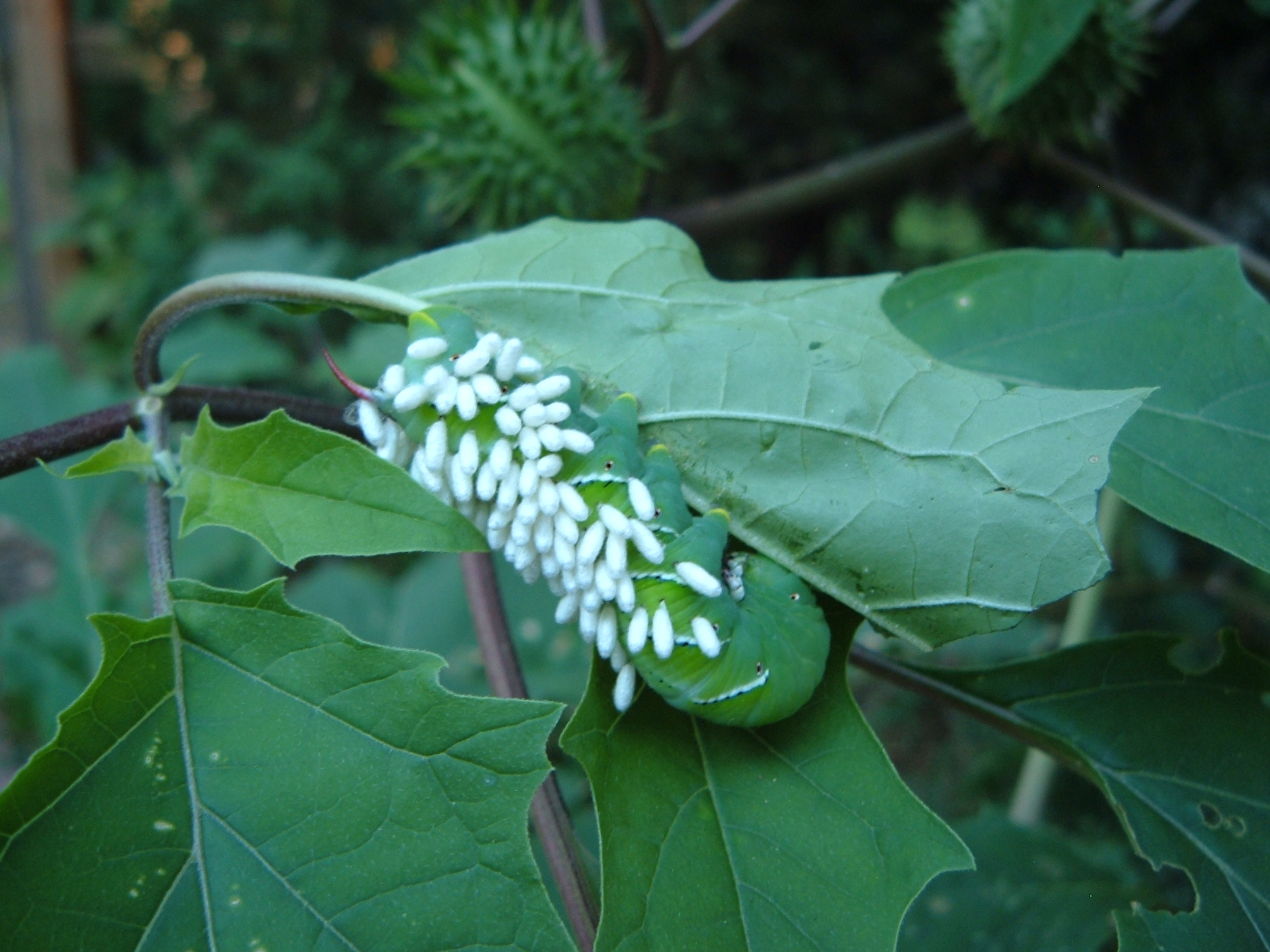
Parasitic wasps operate like something out of a science fiction movie, but they’re very real and incredibly effective. These tiny wasps, often smaller than a grain of rice, lay their eggs inside or on other insects. The developing wasp larvae then consume their host from the inside, eventually killing it and emerging as adults ready to continue the cycle.
There are thousands of species of parasitic wasps, each specialized to target specific pest insects. Some attack aphids, others focus on caterpillars, and still others target beetle larvae. This specialization makes them incredibly efficient – a single species of parasitic wasp can eliminate up to 80% of a specific pest population in a given area.
Spiders: The Web Warriors
Spiders are arguably the most underappreciated pest control agents in existence. These eight-legged hunters consume more insects than all other predators combined, including birds. A single spider can eat up to 2,000 insects per year, making them incredibly valuable allies in natural pest management.
Different spider species employ various hunting strategies – some build intricate webs to trap flying insects, while others actively hunt their prey. Wolf spiders patrol the ground at night, jumping spiders stalk their victims during the day, and orb weavers create beautiful but deadly traps for flying pests. The diversity of spider hunting methods ensures that virtually no pest insect can escape their collective attention.
Assassin Bugs: The Ambush Predators
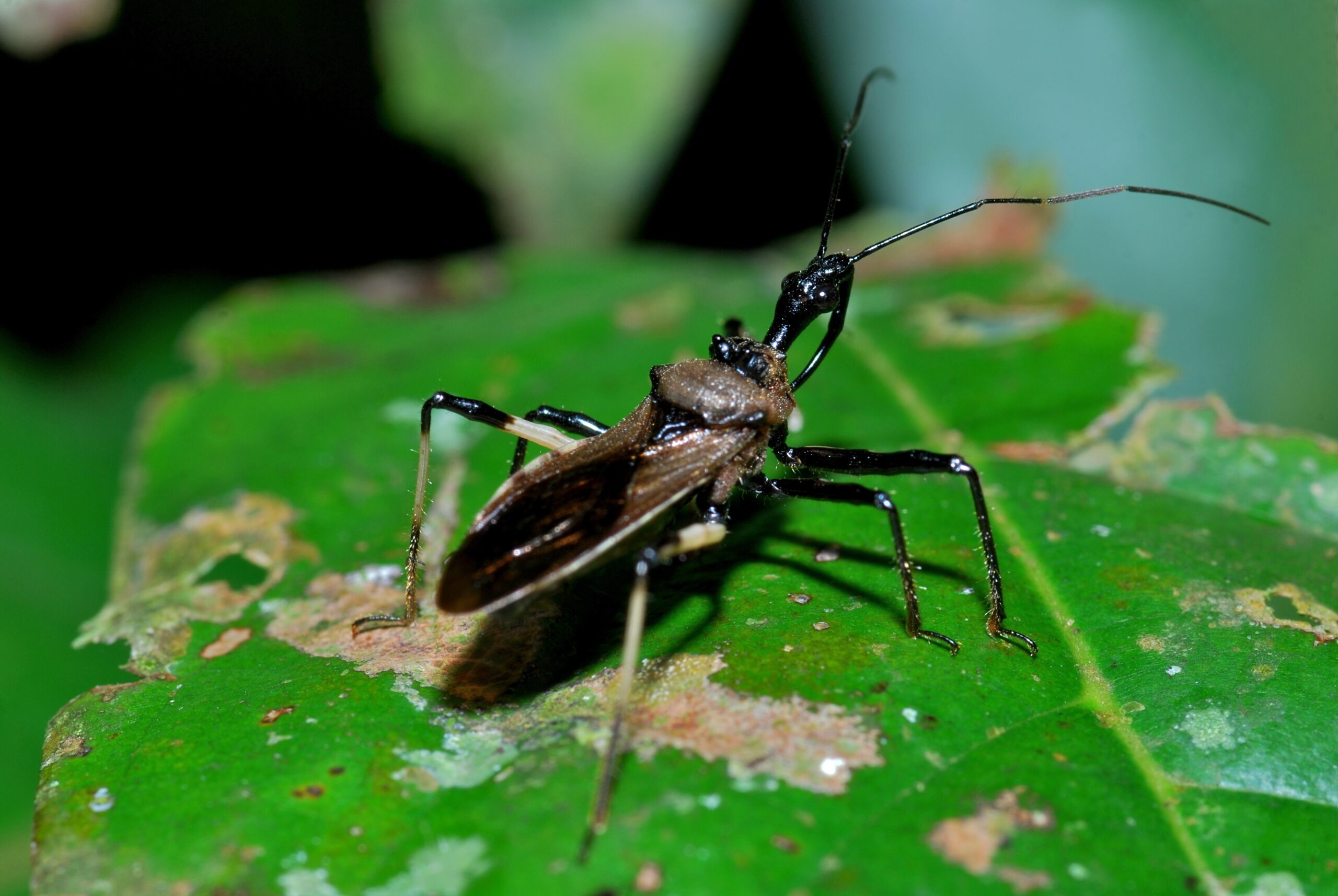
Assassin bugs live up to their menacing name, using stealth and precision to eliminate garden pests. These predators have a distinctive curved beak that they use to pierce their victims and inject powerful enzymes that dissolve internal tissues. They’re particularly effective against larger pests like caterpillars, beetles, and flies.
What makes assassin bugs particularly valuable is their ability to take down prey much larger than themselves. They often hunt in groups, working together to overwhelm bigger insects. Some species even use deceased prey as bait, covering themselves with ant corpses to attract more victims – a ghoulish but highly effective hunting strategy.
Hover Flies: The Pollinator Predators
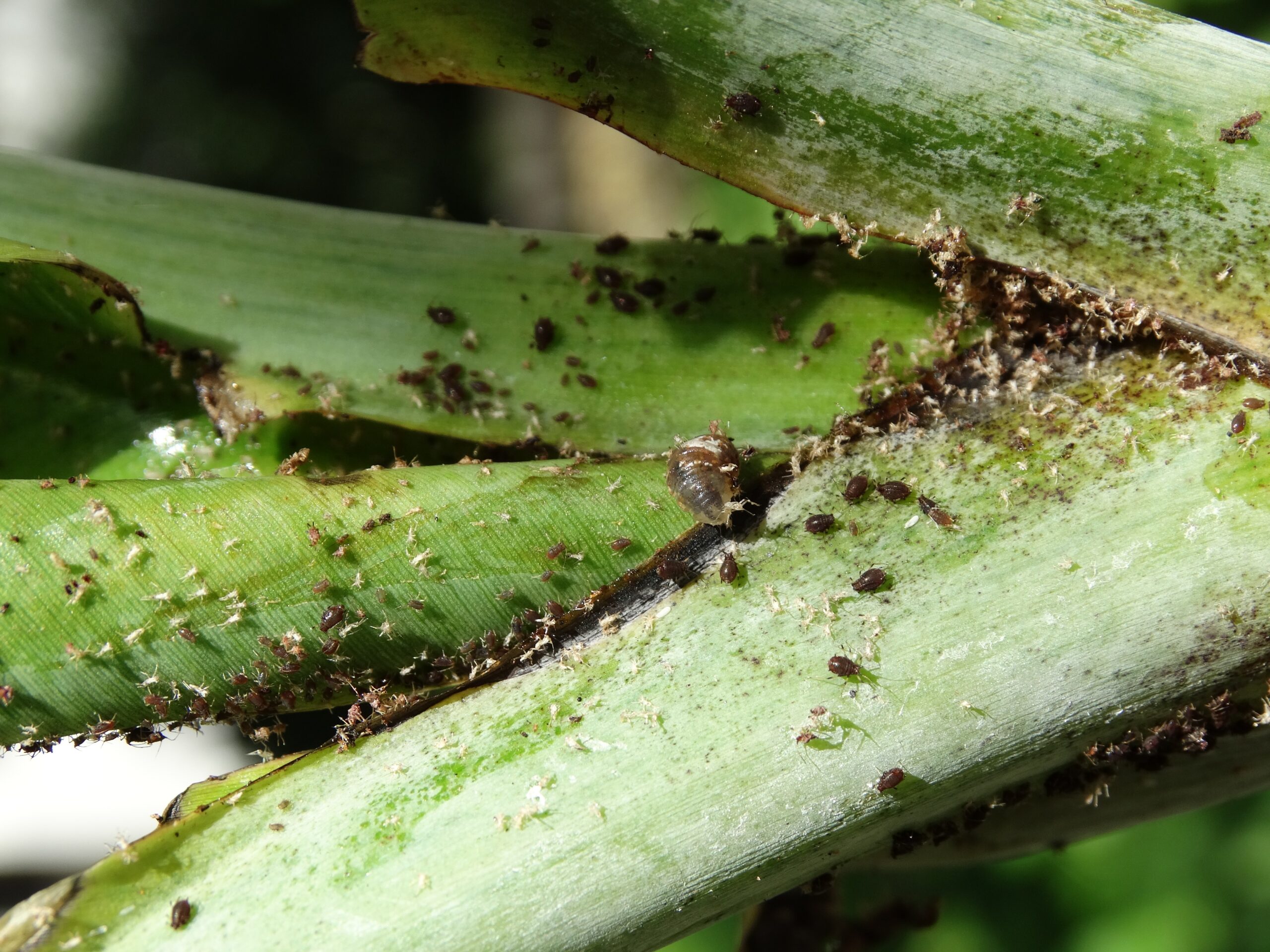
Hover flies are master mimics, disguising themselves as bees or wasps to avoid predators while they go about their beneficial work. Adult hover flies are important pollinators, but their larvae are voracious predators that specialize in consuming aphids and other soft-bodied pests.
These fly larvae are particularly effective in confined spaces like rose bushes or vegetable plants, where they can systematically work through aphid colonies. A single hover fly larva can consume up to 400 aphids before pupating, making them incredibly efficient biological control agents. Their ability to access tight spaces between leaves and stems makes them especially valuable for protecting delicate plants.
Dragonflies: The Aerial Ace Pilots
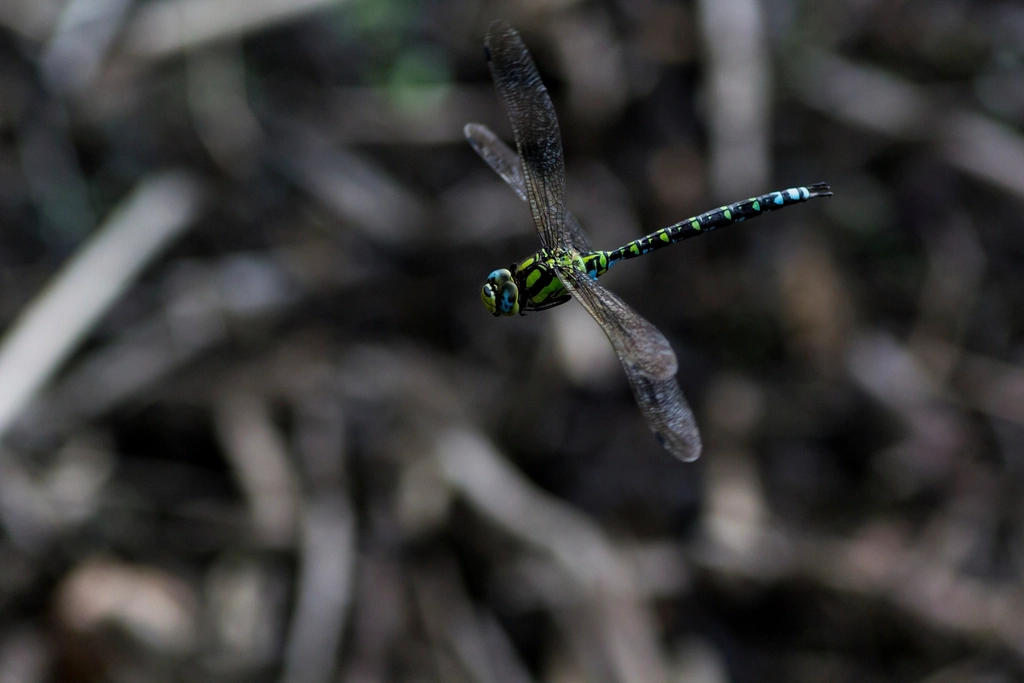
Dragonflies are nature’s fighter jets, capable of incredible aerial maneuvers that put human-made aircraft to shame. These prehistoric-looking insects have a 95% success rate when hunting – the highest of any predator on Earth. Their compound eyes can detect the slightest movement, and their four wings can operate independently, allowing for impossible-seeming flight patterns.
These aerial predators specialize in catching flying insects, particularly mosquitoes, flies, and gnats. A single dragonfly can consume hundreds of mosquitoes in a single day, making them invaluable for controlling populations of these disease-carrying pests. Their presence around water sources helps keep flying pest populations under control throughout the warmer months.
Centipedes: The Multi-Legged Hunters

Centipedes might look intimidating, but they’re actually beneficial predators that hunt many common household and garden pests. These fast-moving arthropods use their numerous legs to chase down prey and their venomous fangs to subdue victims. They’re particularly effective against insects that hide in dark, damp places.
House centipedes are especially valuable for controlling indoor pest populations, hunting down cockroaches, silverfish, and other unwanted insects. Garden centipedes focus on soil-dwelling pests like grubs and root aphids. Their ability to hunt in confined spaces makes them effective at controlling pest populations in areas where other predators can’t reach.
Robber Flies: The Interceptor Specialists
![Robber Flies: The Interceptor Specialists (image credits: By fir0002 flagstaffotos [at] gmail.com
Canon 20D + Sigma 150mm f/2.8 + Canon MT 24-EX, GFDL 1.2, https://commons.wikimedia.org/w/index.php?curid=3265559)](https://insecthive.com/wp-content/uploads/2025/07/1752398031433_Common_brown_robberfly_with_prey.jpg)
Canon 20D + Sigma 150mm f/2.8 + Canon MT 24-EX, GFDL 1.2, https://commons.wikimedia.org/w/index.php?curid=3265559)
Robber flies are the interceptor fighters of the insect world, specializing in aerial ambushes of other flying insects. These hairy, fierce-looking flies have excellent vision and powerful legs that they use to grab prey mid-flight. They’re particularly effective against flies, bees, wasps, and other flying pests.
What makes robber flies particularly valuable is their ability to take down large, well-defended prey. They can successfully attack and kill carpenter bees, hornets, and other insects that most predators avoid. Their hunting strategy involves waiting on exposed perches before launching lightning-fast attacks on passing insects.
Earwigs: The Misunderstood Cleanup Crew
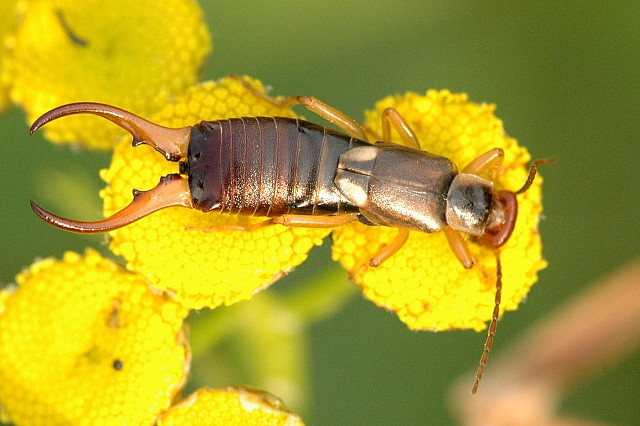
Despite their fearsome appearance and undeserved reputation, earwigs are actually beneficial insects that help control pest populations. These nocturnal hunters use their intimidating pincers to catch and consume aphids, mites, and other small pests. They’re particularly effective against insects that feed on decaying plant matter.
Earwigs also serve as important decomposers, breaking down dead plant material and returning nutrients to the soil. While they occasionally nibble on tender plant shoots, their benefits far outweigh any minor damage they might cause. They’re especially valuable in organic gardens where their cleanup activities help maintain soil health.
Predatory Mites: The Microscopic Marines
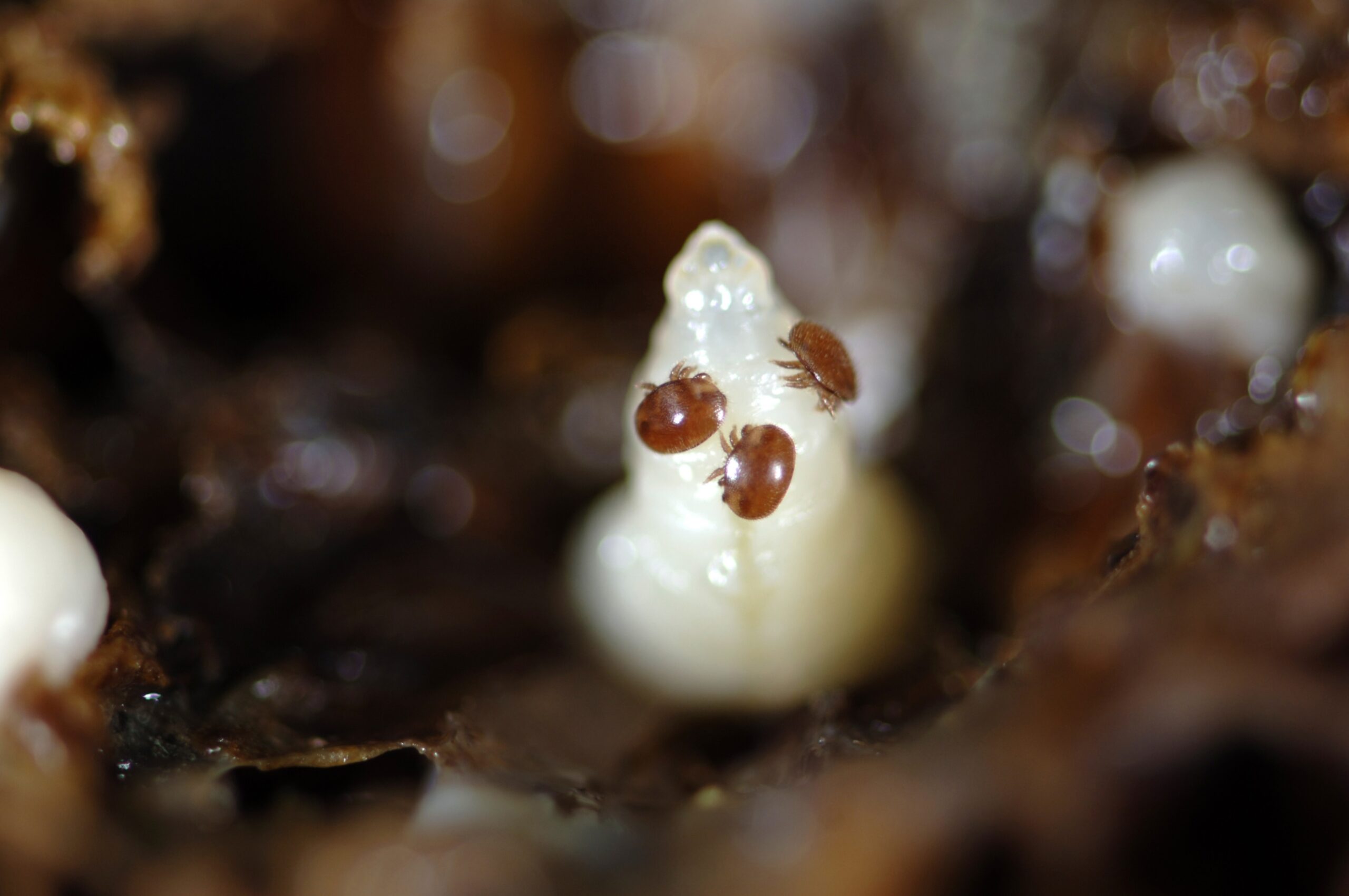
Predatory mites are so small they’re virtually invisible to the naked eye, but they’re incredibly effective at controlling pest mite populations. These tiny arachnids are faster and more aggressive than their plant-eating cousins, capable of consuming multiple pest mites per day.
What makes predatory mites particularly valuable is their ability to survive in harsh conditions where other beneficial insects struggle. They can tolerate extreme temperatures, low humidity, and limited food sources while continuing to hunt pest mites. This resilience makes them ideal for protecting plants in greenhouses, indoor gardens, and challenging outdoor environments.
Creating a Haven for Natural Pest Controllers
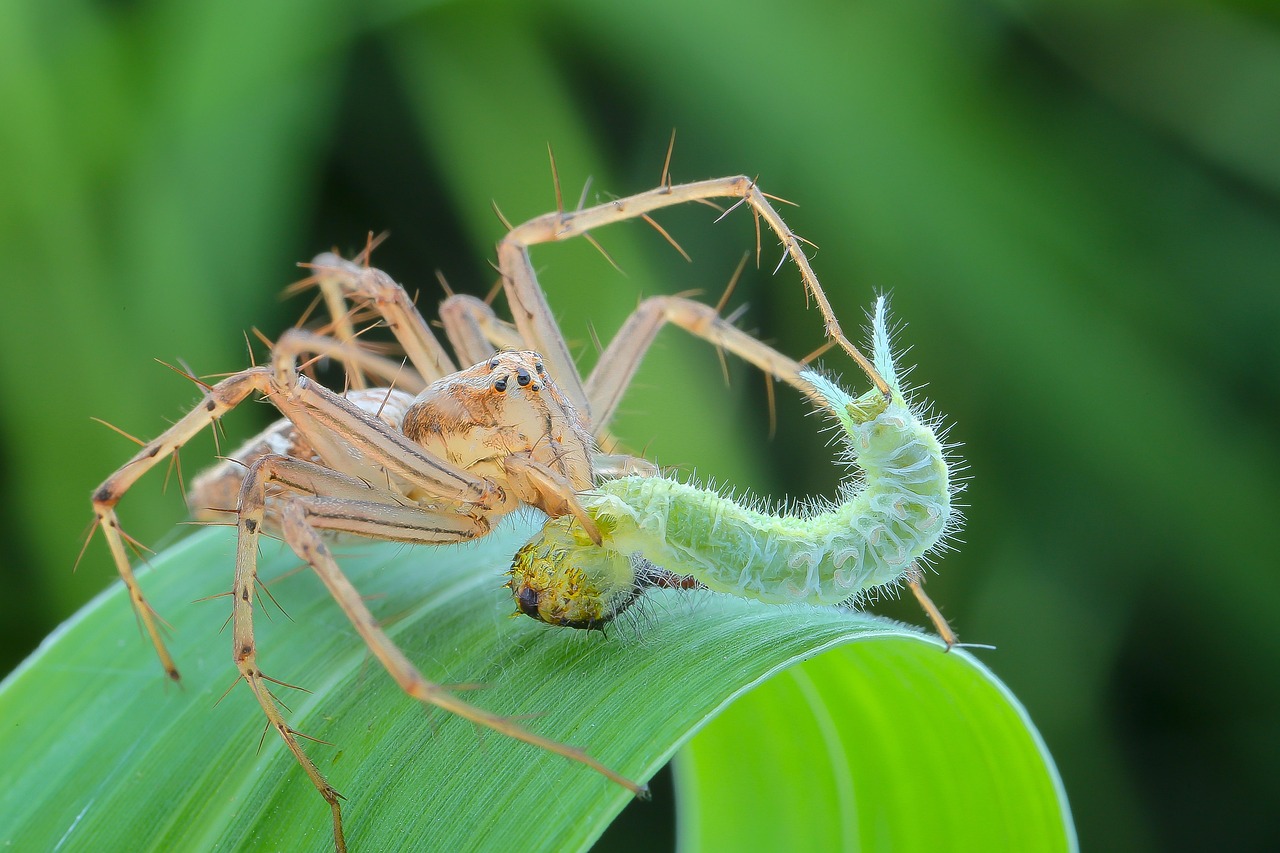
Supporting these beneficial insects requires creating an environment where they can thrive and reproduce. This means avoiding broad-spectrum pesticides that kill both harmful and beneficial insects indiscriminately. Instead, focus on providing diverse plant species that offer nectar, pollen, and shelter for these natural predators.
Native plants are particularly important because they’ve evolved alongside local beneficial insects, providing the specific resources these predators need to survive. Creating areas of your garden with different microclimates – from sunny, dry spots to shaded, moist areas – ensures that various beneficial species can find suitable habitat. Remember that a little untidiness in your garden can actually be beneficial, as fallen leaves, small brush piles, and diverse plant heights provide crucial overwintering sites for many beneficial insects.
The next time you see a spider in your garden or notice a ladybug on your roses, remember that you’re witnessing nature’s most sophisticated pest control system in action. These tiny warriors are working tirelessly to maintain the delicate balance that keeps your garden healthy and thriving. By understanding and supporting these natural allies, you’re not just reducing your reliance on chemical pesticides – you’re participating in an ancient ecological partnership that has been keeping pest populations in check for millions of years. What other invisible helpers might be working in your garden right now that you’ve never even noticed?

